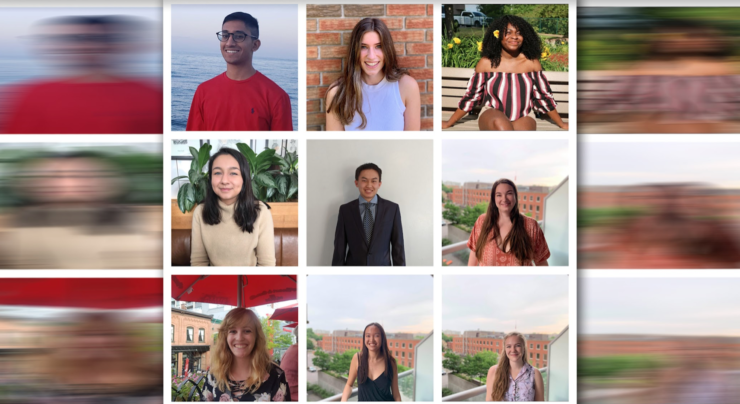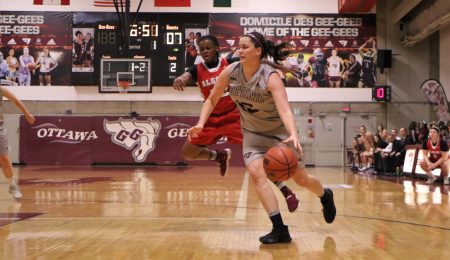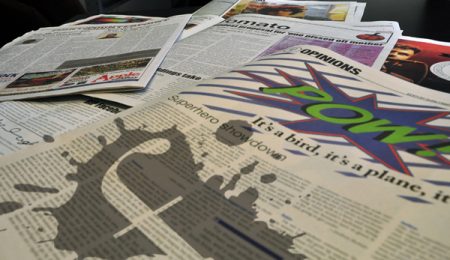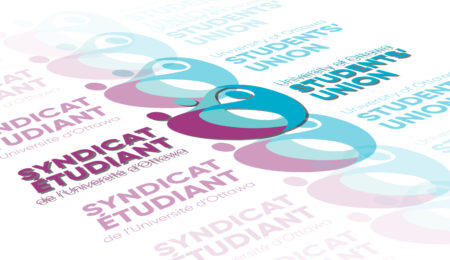Students conceptualize technologies to make Canadian city-life easier
In celebration of National Engineering Month, the University of Ottawa’s chapter of Engineers Without Borders (EWB) hosted the Ciena Smart Cities Design Challenge from March 12 to 13.
Participants were asked to select one of three Canadian cities — Iqaluit, Quebec City, and Fort McMurray — and were challenged to design technologies that address infrastructural inequalities exacerbated by the pandemic.
Waste management, the creation of quality spaces where people can safely interact, and public health promotion were among the infrastructural problems participants needed to try to solve.
On Saturday, the team ‘Crusaders’, who focused on Iqaluit, won the first place award for their design idea, iCare Virtual Clinics.
The Smart Cities Challenge also included presentations by Stéphane Guidion, the director of Montreal Urban Innovation Lab, Teresa Scassa, a U of O law professor, and Mark S. Fox, a professor of urban systems engineering at the University of Toronto.
Susan Peters, a fourth-year engineering and computing technology student and the EWB’s vice-president of events, said the event required students to think outside of the box.
“When students pitch a design for an infrastructural issue that a city faces, they are challenged to be innovative and creative,” she said.
All the challenges students needed to resolve were based on real issues that Canadians face.
For example, in terms of waste management, Quebec currently faces a ‘recycling emergency’. The province’s recycling centres cannot efficiently process materials, so a lot of recyclables end-up in landfills. For this reason, the province is trying to rebuild its waste-management system.
For Peters, the goal was for students to think about how to resolve an issue like waste management.
“With technology and ingenious ideas … these cities [can be] transformed into smart cities [to] ultimately improve a citizen’s quality of life.”
A ‘smart city’ is an urban location where data about residents is passively collected. Then engineers study this data to determine which technological innovations are needed to improve the lives of citizens.
The team also wanted participants to consider how the pandemic affects a city’s infrastructural problems.
“COVID-19 both amplifies [infrastructural problems and introduces new problems for a lot of Canadians cities. We wanted participants to think-up technologies that can resolve [select] issues,” said Peters.
Mackenzie Ryan, a fourth-year civil engineering student and co-president of EWB, said the event is new to the U of O.
“This is a U of O-original event. There have been other challenges like this at other universities, but we created this event from scratch.”
Amit Shanbhoug, the other co-president came-up with the idea for the Smart Cities challenge in 2017. Five years later, with the help of U of O students, Susan Peters, Lyndsay Tran, Phoebe Arthurs, Brittany Meraw, Quinn Fryday, and Gabrielle Henderson, Smart Cities materialized.
Ryan believes the EWB’s event is a great place for students to explore new ideas and opportunities for collaboration.
“Before I got to university, I thought that engineering was all about punching in numbers into databases. But, when I attended a design workshop for engineers in my first year, it opened my eyes to the many opportunities that we engineers have to [infuse] creativity in our work,” said Ryan.
Beyond the exploration of new ideas, Peters believes the Smart Cities Design Challenge can teach students to use their skills for altruistic purposes.
As per U of O’s Iron Ring Ceremony, “engineers have a responsibility in society to create something that is safe and helpful for others,” said Peters.
“The Smart Cities event pushes students to use their engineering skills to help others and solve problems that our society faces.”





